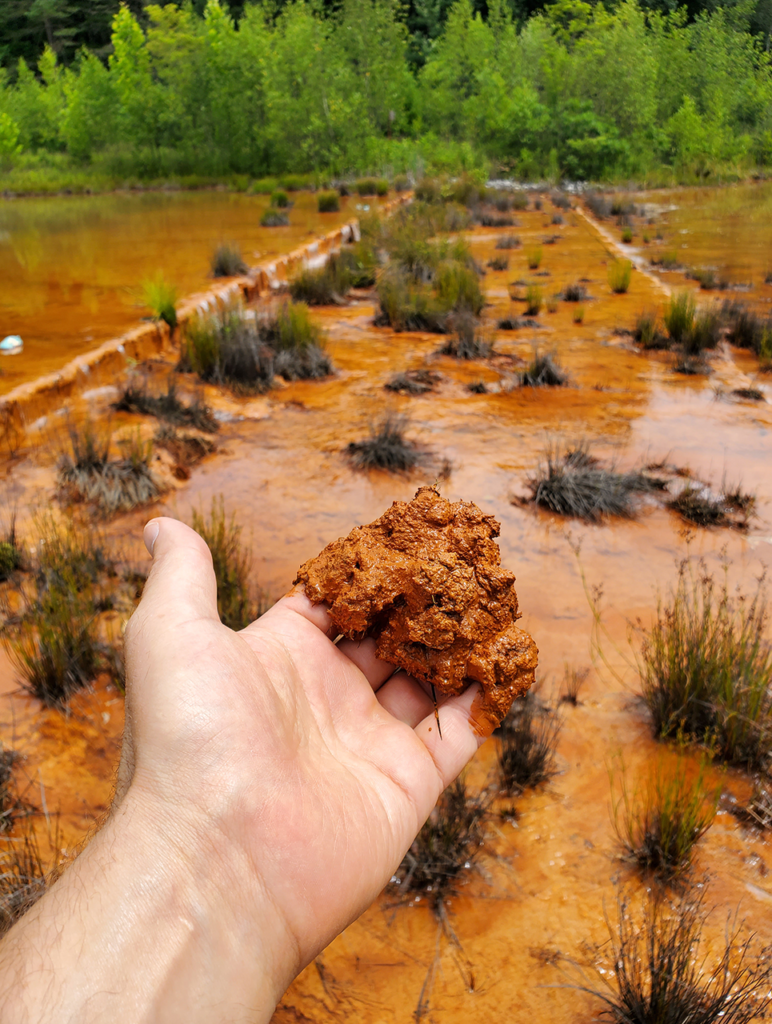
I’ve been grappling with Vaclav Smil’s provocative book, “How The World Really Works: The Science Behind How We Got Here and Where We’re Going.” Smil, a professor at the University of Manitoba, has written dozens of books on big topics including population, food and energy, usually with scientists or public policy professionals in mind. This book, however, is intended for a general audience.
Smil effectively demonstrates how profoundly dependent we are upon fossil fuels. And that the material concerns of the world — ammonia (fertilizer necessary for feeding the world), plastic, steel and concrete — will need fossil fuels for production for decades to come. The notion that we could suddenly transition to renewable energy on deadline — almost always a year that ends in 0 or 5 — to him is laughable.
On the heels of a merciless, scorching heatwave, I’m guessing I’m not alone in feeling the urge to do something right now. A full embrace of renewable energy seems like a logical direction, but three considerations, two of which we cover in this issue, give me pause.
The first is the legacy of coal. We hungrily devoured every nugget, extracting it from mines like there was no tomorrow. We now know about the pollution and the greenhouse gas emissions, but we don’t often talk about the lasting harm mining causes to the land. Bernard Brown took a trip to Schuylkill County where he stuck his hand into the orange mud that’s the result of water polluted by toxic metals from abandoned mines. This problem will persist … forever.
Perhaps bats crashing into giant blades on a turbine seems an unfortunate but necessary price we must pay to liberate ourselves from the fossil fuel era. But Smil reminds us that these towers of concrete, plastic and steel are manufactured using fossil fuels. Brown reports that the bat carnage caused by windmills can be reduced greatly by turning off the blades at times when little electricity is being generated. Yet there is little documentation of this practice within the industry.
Finally, our beloved solar panels are also imperfect. Forged in high heat, made possible by fossil fuels, we are not really sure yet what to do with them when they are no longer functional. According to a recent story in the Los Angeles Times, the National Renewable Energy Laboratory estimated that it costs roughly $20 to $30 to recycle a panel versus $1 to $2 to send it to a landfill. In the landfill, the toxic metals the panels contain can leach out and potentially reach groundwater supplies. As solar scales up, the recycling issues will grow with it.
All of this means that, at the very least, we must move forward with renewable energy with as much foresight and regulation as possible. We can’t afford to look away just because we don’t like what we see.
Finally, conservation is given short shrift when discussing energy, and that’s for obvious reasons. Nobody makes money on it. Since all forms of energy exact some toll on the environment, conservation should be the primary message and strategy of anyone worried about climate change. There is truth in the saying, “The greenest energy is the energy we don’t use.”

Alex Mulcahy, Editor-in-Chief









